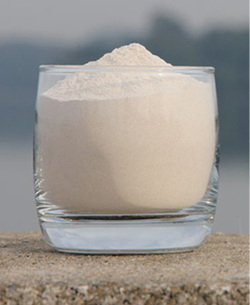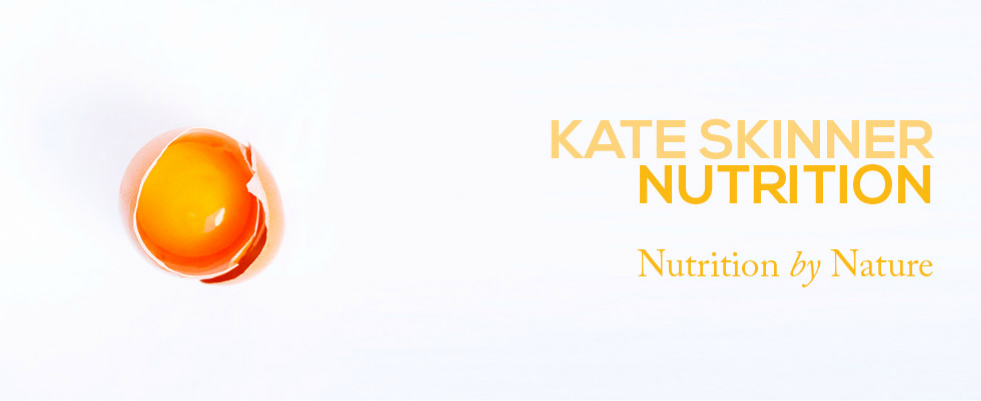Whilst fortified foods such as cereals, tofu and rice milk boast that they’re “high in calcium” on their labels, they come hand-in-hand with other rubbish ingredients (additives, preservatives, synthetic vitamins, vegetable oils and soy proteins, for example), and the majority of over-the-counter calcium supplements are carelessly formulated to contain excessive exipients (additives, binders and fillers), and forms of calcium that are poorly absorbed in the body and may also be damaging. Fortunately, this natural food supplement I’m recommending below is miles better than any commercial supplement, both in formula and calcium bioavailability, and it can be simply and very cheaply prepared at home.
Enter, egg shell calcium.

*Note: make sure you eat the eggs too!

